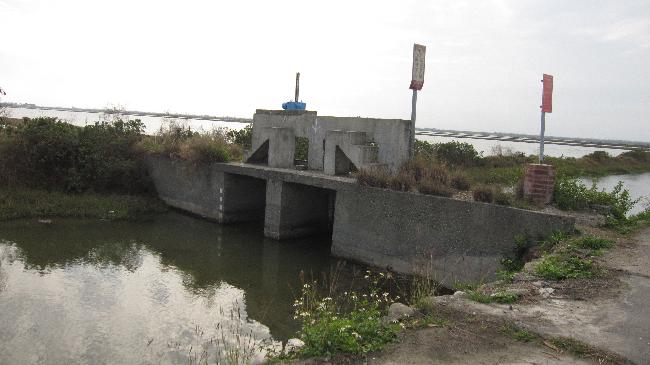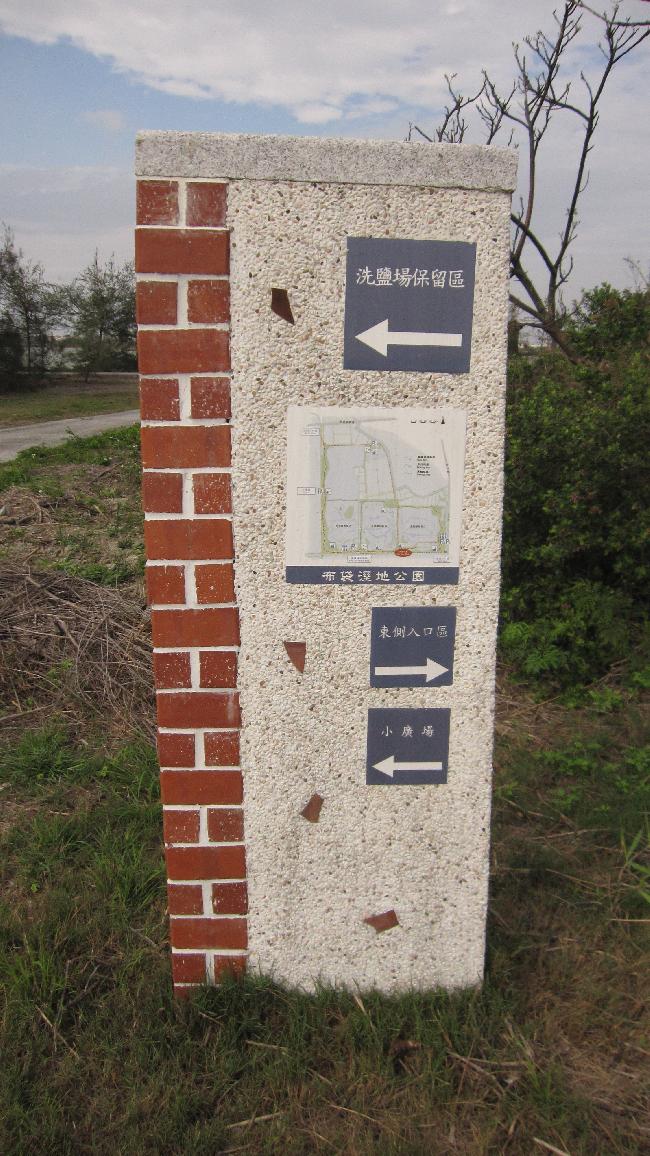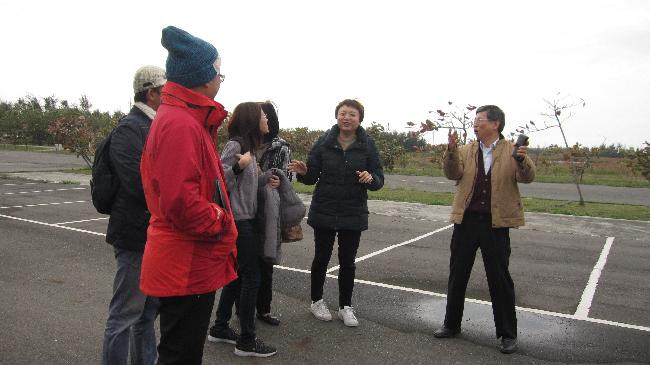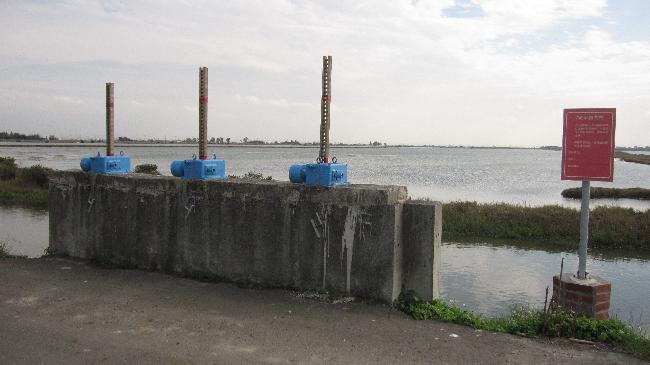Taiwan's Wetlands of Importance
Map of Taiwan's Wetlands
Budai Salt Pan Important Wetland
Date:2019/08/16
Number of Visitors939

-
Area
722 ha
-
Chinese Name
布袋鹽田重要濕地
-
Category
Artificial wetland and small portions of coastal natural wetland
-
Name
Budai Salt Pan Important Wetland
-
Administrative area
Budai Town, Chiayi County
-
Related plans
交通部觀光局「雲嘉南濱海國家風景區」、行政院核定台灣沿海地區自然環境保護計畫「彰雲嘉沿海保護區計畫」之一般保護區
-
Related authorities or units
Chiayi County Government
-
Boundaries
The wetland borders Provincial Highway 61 on the west; Provincial Highway 17 on the east; Budai Access Road on the north. The south border extends roughly to Xinceng Village.
-
Introduction
The land use within Budai Salt Pan Wetland includes the old salt fields, fish farm, reservoirs and the wetland park. It is adjacent to Zanliaogo Drainage System and Longgong River Drainage System. The salt pan was developed in 1938. When salt making at the salt pan became automated in 1991, employment opportunity reduced. The salt pan was eventually decommissioned in 2001 as the industry evolved. However, the wetland habitat had gradually taken shape throughout the years after salt production ceased. In 2007, Construction and Planning Agency, Ministry of the Interior designated the site as a wetland of national importance. It is now connected to the wetlands on the southwest coast, including a series of coastal areas, estuary sandbanks, offshore barrier sand bars, lagoons, fish farms, aquaculture sites, salt pans and farms, forming a critical ecological corridor on the west coast of Taiwan.
-
Ecological resources of importance
There are 19 species of plants in this wetland. Most of them are common littoral plants, such as the Lumnitzera, four-petaled mangrove, and Kandelia, as well as associated plants such as Myoporum bontioides and seaside Clerodendrum.
Between 2016 and 2017, 12 families and 81 species of shorebirds were recorded at this wetland. Most of them are transient wintering birds (discovered between October and March). Over 12,000 were recorded. The endangered species, black-faced spoonbills were spotted in the neighboring Budai Salt Pan. Records between 2013 and 2017 show that the number of black-faced spoonbills resting here is higher than what is recorded in Black-faced Spoonbill Conservation Area and Sihcao Conservation Area, which indicates that Budai Salt Pan Wetland is an important habitat for black-faced spoonbills. -
Endangered species
Black-faced Spoonbill, Oriental White Stork, Peregrine Falcon
-
Rare and valuable species
Common Kestrel, Little Tern, Painted Snipe, Hen Harrier, Black-nape Tern
-
Types to be conserved
Eurasian Curlew, Brown Shrike.
-
The current situation and potential threats of wetlands
Although the wetland is currently managed by the Southwest Coast National Scenic Area Administration Office, local residents trespass and occupy the wetland illegally, cultivating crops, installing fixed nets, and exploiting the fishing ponds. This disturbs not only wildlife habitats but also wetland operation and management.
-
Participating in recommended units
Wetlands Taiwan



